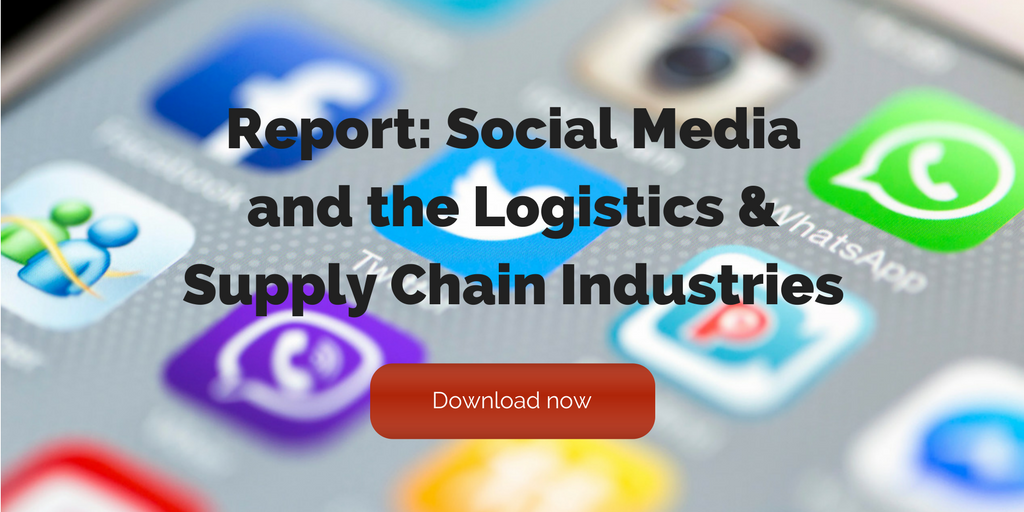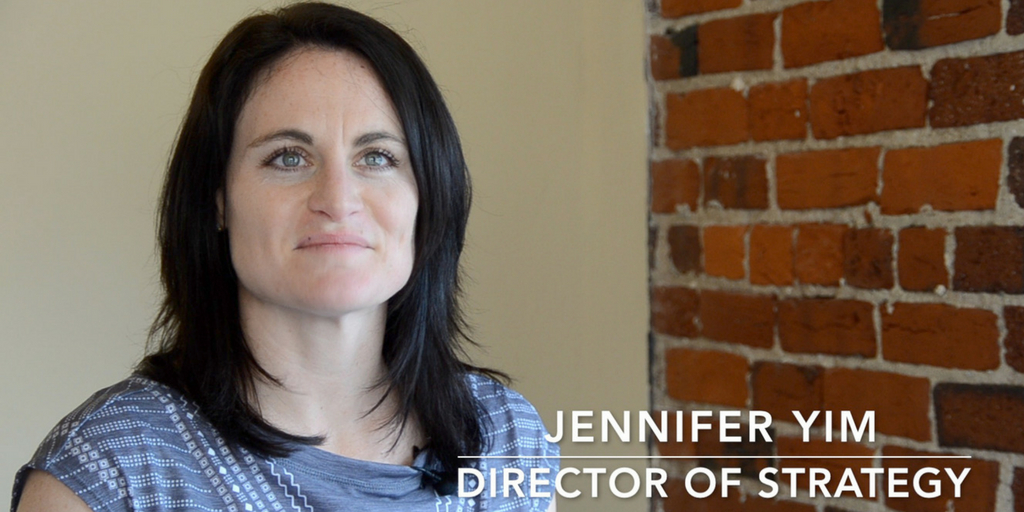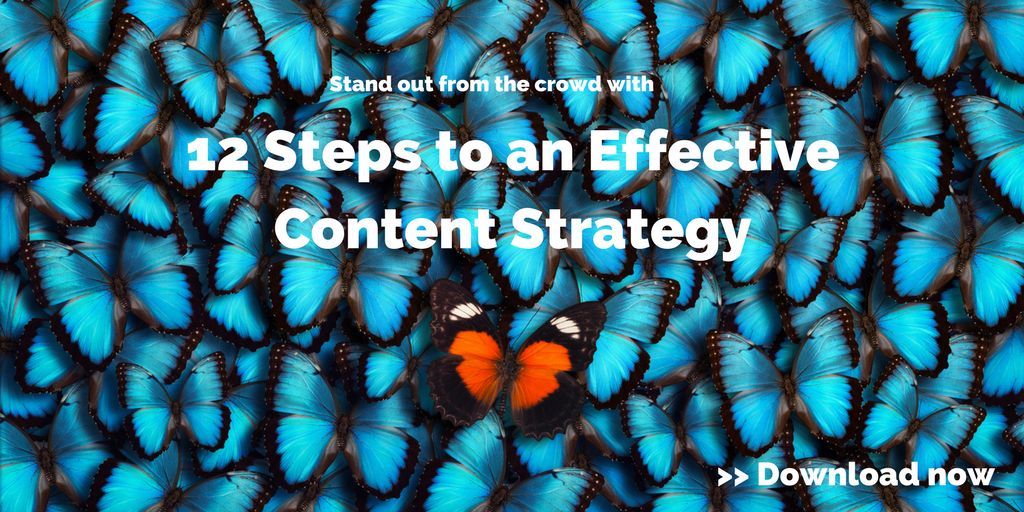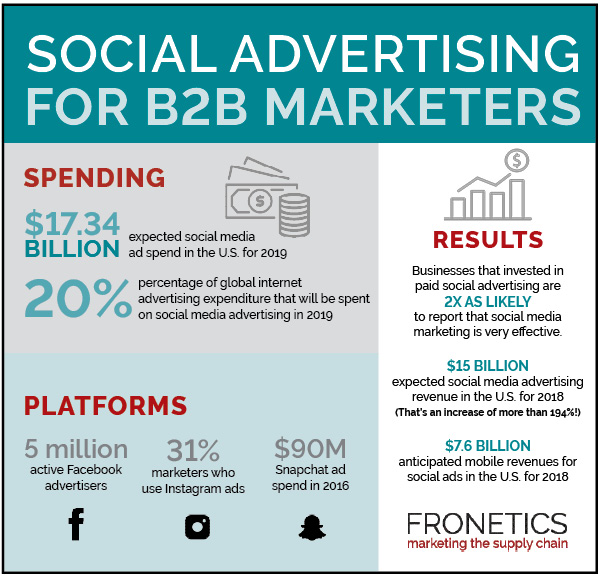
by Fronetics | Oct 17, 2018 | Blog, Content Marketing, Logistics, Marketing, Strategy, Supply Chain
Wondering whether you should be prioritizing building traffic or optimizing for conversions? Here’s the case for each.
I currently have a client trying to decide what to prioritize: building traffic to his website or optimizing current content for lead conversions. It’s a chicken-and-egg-style debate. If you don’t increase traffic, who will be on your site to convert? But, if you don’t optimize for conversion, what good is traffic to your website?
As with any chicken-or-egg question, there is neither a simple nor a definitive answer. What you should prioritize at any given time is highly individual, and dependent on factors unique to your business. Consider the case for prioritizing each, while evaluating and bearing in mind where your business is in building its online presence.
The egg: the case for prioritizing traffic
Maybe you’re confident the egg came first—after all, in some ways, it’s the obvious answer. Without traffic to your website, there’s not much point in optimizing for conversion, since there won’t be any leads to convert in the first place. According to AudienceBloom founder and CEO Jayson DeMers, there are three main points to the case for prioritizing traffic:
1) Brand recognition
Conversions aren’t the only thing of value that comes from a traffic-heavy website. “Every visitor who makes it to your site will have the chance to see your brand, read your content, and become more familiar with your company,” says DeMers, writing for Forbes. Building traffic to your website lets you reap these benefits, which will naturally drive up your conversions over time.
2) Long-term strategies
Because effective traffic-building strategies pay off exponentially the longer they’re in place, it makes sense to put them first. Giving your SEO and content marketing efforts time to build momentum ensures that you’ll reap the maximum benefits.
3) Optimizing for value
The best way to determine if your conversion strategy is working and how to improve it is to collect and analyze data. A high traffic volume gives you a testing ground. “Without a steady stream of visitors to test,” says DeMers, “you’ll be flying blind.”
The chicken: the case for prioritizing conversions
Maybe you’re one of those people who wonders where the egg comes from in the first place. While it’s true that without traffic, conversions are unlikely, it’s equally true that a website that isn’t optimized for conversions is not to your best advantage. DeMers again sums up the three main arguments for prioritizing conversion optimization:
1) Low investment, high yield
One of the best things about conversion optimization is that, while it does require ongoing efforts, your initial process is relatively cheap and easy. Check out our guide for creating effective landing pages, for example, and you’ll discover that optimizing for conversions doesn’t have to break the bank.
2) Traffic optimization
This is where quality is more valuable than quantity. “Focusing on conversions first instantly makes every visitor to your website more valuable,” says DeMers. Even if your traffic volume isn’t massive, if your conversion rate is higher, you’re ahead at the end of the day.
3) Reinvestment potential
If your business has limited funds to invest in website optimization, prioritize conversions. “Assuming your conversion strategy is successful early on,” writes DeMers, “the extra revenue you’ll generate from all your new traffic will give you more money you can use to invest further — in the realms of both traffic and conversion.”
The scramble: why you should balance your efforts
[bctt tweet=”Whether you chose to place a heavier emphasis on traffic or conversions, you ultimately want balance in your efforts. “If you fully invest in either side without investing at least slightly in the other, you aren’t going to see meaningful results,” points out DeMers.” username=”Fronetics”]
Whether you chose to place a heavier emphasis on traffic or conversions, you ultimately want balance in your efforts. “If you fully invest in either side without investing at least slightly in the other, you aren’t going to see meaningful results,” points out DeMers.
So far, science hasn’t been able to settle the chicken-or-egg question. In the same way, we can’t tell you whether it makes sense for you to put a higher priority on traffic or conversion optimization. But thinking through the case for each should help you decide what makes sense for your business. Just remember not to put all your eggs in one basket.
Related posts:


by Fronetics | Oct 10, 2018 | Blog, Content Marketing, Logistics, Marketing, Social Media, Supply Chain
Follow these 3 steps to use social media to promote events, conferences, and other business occasions.
Social media is a powerhouse tool for growing brand awareness, audience engagement, and lead generation. It’s also one of the most effective ways out there to promote special events.
[bctt tweet=”Social media is a powerhouse tool for growing brand awareness, audience engagement, and lead generation. It’s also one of the most effective ways out there to promote special events.” username=”Fronetics”]
But simply creating a Facebook event and sharing it once or twice won’t get you the most bang for your buck. You need to be strategic about your use of social media to promote events and conferences.
Follow these 3 steps to make the most of social media as a promotional tool.
3 steps to use social media to promote events for your business
1. Choose your platform wisely
Not all social media channels are created equal, and neither are all events. Finding the platform that suits the unique needs of your event or conference is a big part of a successful promotional campaign. For instance, Facebook is a great option for large-scale public events, since it lets you hone in on your target audience in specific ways.
On the other hand, for corporate events like seminars, conferences, and continuing education programming, LinkedIn is your best bet. LinkedIn lets you set up your event and allows attendees to network with each other before the event even happens.
When it comes to more informal events, Instagram is a great way to identify and engage with potential attendees. The platform’s highly visual nature is ideal for sharing imagery related to your event, and it’s an ideal place to use hashtags.
2. Pick a hashtag
If your social media circle includes people under the age of 35, you’ve probably noticed that pretty much every wedding, graduation party, and even family vacation has its own hashtag these days. Corporate events are no different. Hashtags are a fun and memorable way to foster a sense of community, and they have the important benefit of being an easy way to group all information, questions, and comments about your event.
The most effective hashtags tend to be short, memorable, and easy to read. It’s also worthwhile to do a quick search to make sure your hashtag hasn’t been used before. In all posts related to your event, use your hashtag prominently, and encourage your audience to do the same if they share or post independently.
3. Don’t forget about content
One of the most effective ways to promote events on social media is — you guessed it — content. Blog posts, related case studies, testimonials from former events, promotional interviews with potential attendees or keynote speakers, videos, case studies, and white papers/industry reports are all content types to consider.
You don’t have to reinvent the wheel every time you promote a new event. Chances are, existing content can be repurposed and reposted on social media channels. You’re serving the dual purpose of promoting your event and driving more traffic to view and interact with your content.
When it comes to promoting events, social media is your friend. Approaching it strategically can help you raise awareness, attendance, and interaction and reach for your brand.
How do you use social media to promote events?
Related posts:


by Fronetics | Oct 4, 2018 | Blog, Content Marketing, Logistics, Marketing, Strategy, Supply Chain
Guest posting can help you build your reputation as a thought leader, grow your contact list, improve your SEO, and expose your content to new audiences.
At Fronetics, we use guest posting as a part of our own — and many of our clients’ — content strategies. Essentially, we partner with a relevant influencer or company and swap content to post on each other’s blogs. It can be a really effective way to reach new, relevant audiences and provide interesting perspectives and voices to keep your core audience engaged.
What’s so great about guest posting?
Guest posting has all kinds of benefits. Every time you post as a guest, you expose your content to a whole new audience. We talk about the importance of exposure all the time when it comes to content marketing. Your biggest asset isn’t your products or services; it’s your expertise. Guest posting helps you establish your brand as a thought leader.
[bctt tweet=”Guest blogs can be a really effective way to reach new, relevant audiences and provide interesting perspectives and voices to keep your core audience engaged.” username=”Fronetics”]
In addition to posting with industry influencers and peer brands, guest posting for larger publications can be hugely beneficial, for obvious reasons. Not only are you introducing your brand and content to a broad audience, you’re associating yourself with an established authoritative source.
By the same token, having other brands author guest posts on your own blog is a great idea as well. When key influencers write for your blog, they bring their audience directly to you, allowing you to tap into a new and relevant set of prospects. Not only that, by inviting peers to contribute to your content, you’re forging and strengthening relationships within the industry.
Guest posting is great for SEO
We’re always talking about how to improve your SEO. One benefit of guest posting that’s often overlooked is that it can significantly improve your search engine rankings.
Search engines use backlinks from other websites, particularly popular ones, as part of their algorithms that determine how search results are ranked. According to online business expert Sarah Peterson, in a guest article for the Huffington Post, “You can use the opportunity of your guest post to include 1-2 backlinks to strong pieces of content you want to rank for.”
Grow your contact list
We all know that email marketing is hugely effective and profitable, if your contact list is strong and effectively segmented. Another often overlooked benefit of guest posting is that it has the potential to strengthen and enrich your email marketing efforts.
Because you’re being exposed to new audiences, both as a guest blogger and when guests write for your blog, you have the opportunity to target and cultivate new leads from relevant sources. Use guest posts as an opportunity to usher prospects to lead generation campaigns on your own website.
Says Peterson, “if you’re not using this marketing strategy, you could be leaving a ton of email subscribers on the table.”
How do you use guest posting in your content strategy?
Related posts:


by Fronetics | Jun 26, 2018 | Blog, Content Marketing, Logistics, Marketing, Strategy, Supply Chain
More and more supply chain marketers are realizing the benefits of inbound marketing (over outbound marketing) including cost savings and increased lead generation.
Marketers are constantly coming up with new and trendy ways to attract leads. With endless platforms available to us, it can be overwhelming for even the most seasoned marketers to know where they need to focus their efforts.
In order to find the right solutions for your supply chain marketing needs, you first have to understand the difference between inbound and outbound marketing. And more importantly, how they can help — or hinder — your marketing efforts.
Outbound marketing
Outbound marketing describes any marketing approach that pushes a message onto a buyer. Traditional marketing — tv and radio ads, telemarketing, banner and display ads — are all examples of outbound marketing.
Another name for this marketing tactic is interruption marketing, as it typically tries to take “attention away from what your buyer is doing and bring it, forcibly, on to your product or service.”
Inbound marketing
Inbound marketing focuses on audiences finding you. Instead of pushing a message onto buyers, inbound marketing allows you to establish your brand as an industry leader and let interested audiences come to you. This type of marketing attempts to draw in potential customers through interesting and engaging content.
Content marketing is a type of inbound marketing. Examples include blog posts, social media, infographics, white papers, and videos.
Why is inbound marketing better for the supply chain?
Outbound marketing used to be the ‘go to’ for generating leads, but this is simply no longer the case. Marketers across industries have found that inbound marketing has many advantages over traditional marketing practices. In fact, almost three-quarters (68%) of inbound organizations believe their marketing strategy is effective, while more than half (52%) of outbound marketers don’t believe their strategy is effective.
[bctt tweet=”Marketers across industries have found that inbound marketing has many advantages over traditional marketing practices. In fact, almost three-quarters (68%) of inbound organizations believe their marketing strategy is effective.” username=”Fronetics”]
Here’s why we think inbound marketing is better for supply chain marketers than outbound marketing.
Video: Why supply chain marketers need inbound marketing
Related posts:


by Fronetics | Jun 7, 2018 | Blog, Content Marketing, Logistics, Marketing, Social Media, Supply Chain
Supply chain and logistics marketers need to incorporate social advertising into their content market strategy (and budget) to stay on top of marketing’s biggest driver.
The way audiences use social media channels is constantly changing. As marketers, we need to make sure we’re adapting to these changes. One of the biggest changes we’ve seen so far in 2018 is the increased use of social advertising.
Social advertising is a paid form of paid digital advertising on social media platforms. For example, the advertising platforms provided by Google, Twitter, and Facebook involve “targeting and presenting ads based on relationships articulated on those same services.” Oftentimes, social advertising is one part of a larger marketing strategy.
Sounds easy enough to implement, right? Well, there are so many options and so many more users. If you’re taking the time and money to invest in social advertising, you need to ensure that you’re using the right platforms and getting in front of your target audiences.
[bctt tweet=”With over 3.5 billion internet users worldwide, it’s easy to see the reach ads on social media platforms can have. Facebook alone has over 2 billion daily active users. 2 billion! ” username=”Fronetics”]
In Social Media Examiner’s new report, it’s hard to dispute that social advertising is anything but powerful. With over 3.5 billion internet users worldwide, it’s easy to see the reach ads on social media platforms can have. Facebook alone has over 2 billion daily active users. 2 billion! That’s a lot of opportunities for distributing your content and gaining new followers.
Here are some powerful statistics to prove the weight of social advertising and why it’s worth your time and pennies.
Infographic: A look at social advertising for B2B marketers

(Made with Canva)
Key takeaway
For the first time in years, Social Media Examiner’s report revealed that marketers are more focused on lead generation than cultivating a loyal fan base. What does this mean for you? The focus has shifted from engagement to metrics and automation.
As marketers, we need to watch for increased use of chatbots and other marketing automation tools that can help supply chain marketers become more efficient and more successful in earning and converting leads.
Related posts:

SaveSave
SaveSave










